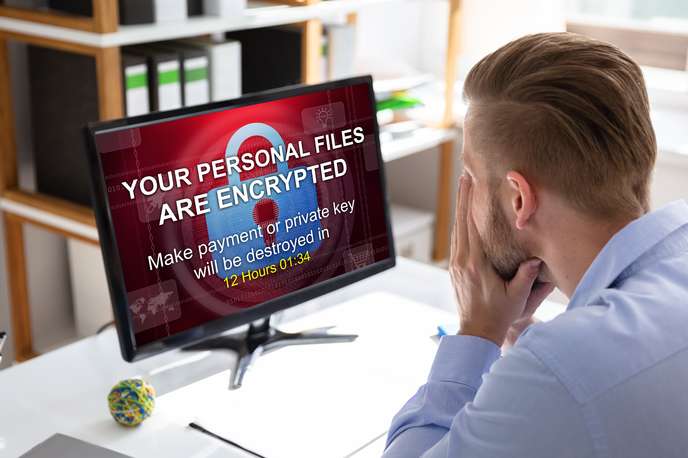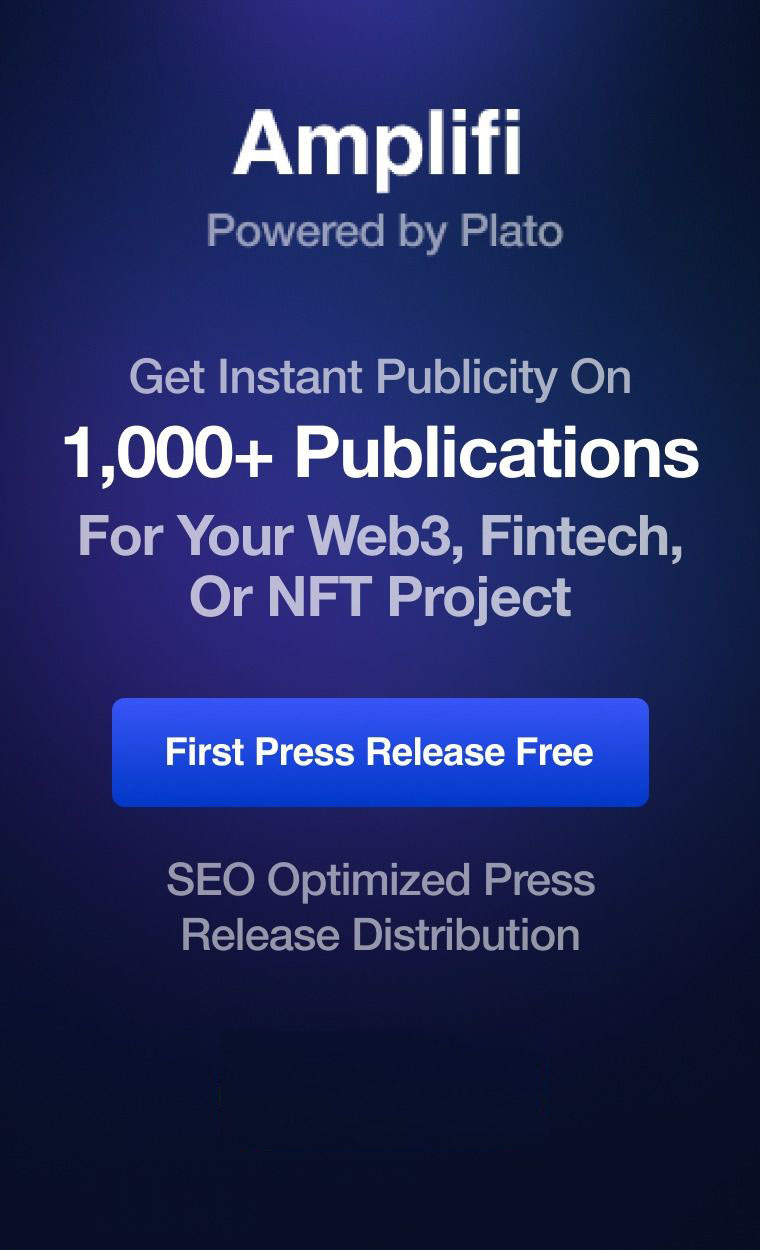Ransomware attacks in the supply chain are constantly rising, so strengthening your 3PL cyber security is necessary. These attacks have been a persistent nightmare for the transportation and logistics industry because they affect smooth operations and cost both time and money. That is why 3PL cyber security professionals must take preventive measures to protect against ransomware attacks.
This article explains nine ways to protect against ransomware attacks in the supply chain. But first, let’s learn what ransomware is and how it penetrates systems and affects transportation and logistics companies.
What Is Ransomware?
Ransomware is malware unintentionally downloaded onto your computer and spreads across the network, infecting servers, laptops, desktops, and even mobile devices. Hackers use this malware to encrypt companies’ data, then request a ransom (often in the form of cryptocurrency) from the company to regain access to its data. Failing to pay the ransom within the specified timeline often results in data becoming unusable (data loss).

How Ransomware Penetrates Your System
According to Statista, phishing emails containing malicious attachments were the most common cause (54%) of ransomware infections in 2019. Other causes include weak passwords, visiting malicious websites, lack of cyber security training, etc.
Why Are Supply Chain, Transportation, and Logistics Companies Susceptible to Ransomware Attacks?
Every mode of transportation (maritime, aviation, and ground services) is at risk of ransomware attacks. Several reasons that make this sector attractive to such threats are:
- The highly connective network of computer-based systems in said industries
- The dependency on online connectivity to operate the industry
- The interconnected nature of transport services
- Not prioritizing cybersecurity infrastructure
With this being said, let’s look at nine ways to protect against ransomware attacks in the supply chain and boost your 3PL cyber security.
9 Ways to Protect Against Ransomware Attacks in the Supply Chain
1. Increase Your Email Protection
To protect against ransomware in emails, pay attention to the email address of senders, specifically the domain name. Hackers often buy a domain like your customer’s or company’s domain name. They’ll send emails that look like they are coming from your customers or company, and you may open them without checking their authenticity.
Here are some practical tips to boost your 3PL cyber security and protect your logistics business against email-based phishing attacks that can turn into ransomware attacks:
- Always ensure that the email you receive is from a legitimate domain
- Never download attachments, fill out forms, or click on buttons, images, or links in emails from unverified sources
- Train users and reinforce proper practices against phishing attacks
- Use software that filters suspicious domain names
2. Avoid Visiting Malicious Websites
Another way to improve your 3PL cyber security against ransomware attacks in the supply chain is by avoiding malicious websites. These websites often host malware that will automatically download and install on your computer and compromise your entire network. Once downloaded, the malware will silently do its job and corrupt the files on your devices. Moreover, the risk can be reduced by disabling JavaScript on your browser. Keep in mind that some legit websites will not work properly if this is disabled.
3. Never Use Unknown USB Sticks
Sticking unknown USB sticks into your device is a risky business. These may contain ransomware that can run without your permission and infect your devices by stealing and encrypting your data. Even if you plug in an unknown USB and it displays empty, the files can be marked as hidden.

4. Invest in Antivirus & Anti Malware Protection
Company devices must have antivirus and anti-malware installed for optimal protection against ransomware attacks in the supply chain. Antivirus detects and removes viruses (malicious code that links itself to executable files and propagates device to device to damage devices or steal data). It protects your digital environment against threats like Trojans, adware, and worms.
On the other hand, anti-malware protects your computer from newer and more complex programs that classic antivirus software does not always detect. Antivirus & anti-malware strengthen 3PL cyber security by blocking malicious script files and preventing them from running silently on your computer and damaging your data. However, antivirus/anti-malware can only protect if the virus signature is in its database. Next-Generation Antivirus (NGAV) uses AI to detect unusual activity and block it, allowing it to detect zero-day malware that has not been added to the antivirus database.
Important Note: Always use the latest version of antivirus & anti-malware. Make sure they are running 24/7 and no users can disable them.
Sticking unknown USB sticks into your device is a risky business. These may contain ransomware that can run without your permission and infect your devices by stealing and encrypting your data. Even if you plug in an unknown USB and it displays empty, the files can be marked as hidden.
5. Regularly Install Security Patches
Unpatched security software is a risk for 3PL organizations, because it can result in data breaches that have consequences such as ransomware attacks. Fortunately, the latest security patches can mitigate 3PL cyber security risks. They cover security vulnerabilities that were not covered in the previous versions.
6. Protect Your Remote Connections
The best way to create a secure remote connection is to first connect via a virtual private network (VPN) and then initiate the remote desktop protocol (RDP), creating two levels of security. VPN is a cyber security tool that creates a secure, private browsing network and encrypts vital information in transmission, whereas RDP grants remote access to a remote computer/terminal server in a different location.
Strong access control for a VPN and a remote desktop connection is needed to boost your 3PL cyber security protection against ransomware attacks in the supply chain. If somebody tries to authenticate or log in via a VPN and inserts the wrong password three times in a row, there will be an alert that the account has been locked and you need to change the password.
Important Tip: Always create a strong, alphanumeric password that includes special symbols.
7. Add Multi-Factor Authentication (MFA)
MFA is crucial in strengthening 3PL cyber security against ransomware attacks in the supply chain. It protects vital information from possible hacks by securing data with a system that needs two or more authentication factors to confirm that an authorized user is accessing the account or profile. A hacker may be able to crack the first level of authentication, but it requires more effort to gain access to another authentication factor.
For example, logging in to your Google account from an unknown device requires 2-step verification. The first authentication is your user ID and password; the second authentication could be a code that Google will send via text or call upon signing in. Examples of authentication factors include passwords, passphrases, PIN codes, authentication apps, and biometrics like fingerprints, face recognition, etc.
8. Implement Advanced Levels of Monitoring
Implementing strong and advanced monitoring levels strengthens your 3PL cyber security and protects you from being a victim of ransomware attacks. It lets you define and establish the baseline for expected behavior of computers, network devices, and servers. Any unexpected behavior outside of the baseline activity in CPU, memory, or network utilization will result in an alert. Here are some examples of advanced levels of monitoring:
-
Intrusion Detection System (IDS)
Implementing IDS is a part of high-level monitoring. It is often built into firewalls, but you need to enable and configure it. This software can detect different ransomware attacks and alert the technical team to react and stop the attacks.
-
Sniffing Tool
A sniffing tool strengthens your 3PL cyber security by allowing you to check who is using your network traffic. It alerts you if there is any unusual activity in your network traffic.
-
Web Filtering
Strong web filtering capabilities protect network traffic from ransomware attacks in the supply chain. If a user clicks on a suspicious link, web filtering enables you to stop that traffic from going out. It analyzes the link’s destination URL and compares it to a list of known malicious or unwanted sites. Suppose the link’s destination is on the list. In that case, the web filter will block access to that site, preventing the user from visiting the site and potentially being exposed to malware or other malicious content.

9. Create Strong Backups
Nobody can guarantee 100% safety from ransomware attacks in the supply chain. Even though taking all the precautions reduces your chances of getting attacked, it is not entirely zero. Creating a strong backup is the best 3PL cyber security protection against ransomware or data disasters. Here are some tips for strong backups:
- You must follow a hybrid backup strategy – creating backups on-site (hard drive) and in the cloud.
- You must have solid retention of backups, meaning keeping backup range from at least a month up to a year.
- Regularly check your backups by downloading and restoring at least one file to ensure the backups are good.
Conclusion
Hackers are aware of the lack of cyber security in the 3PL industry and are taking advantage. Therefore, 3PLs must strengthen their cyber security to protect themselves against ransomware attacks. The tips mentioned above are some of the best defenses against ransomware attacks in the supply chain, and implementing them will boost your 3PL cyber security.
If you are ready to strengthen your 3PL cyber security and protect your logistics business against ransomware attacks in the supply chain, schedule a meeting with us here.
For more information about increasing warehouse efficiency or the latest technology trends, you can follow us on LinkedIn, YouTube, Twitter, or Facebook. If you have other inquiries or suggestions, feel free to contact us here. We’ll be happy to hear from you.
- SEO Powered Content & PR Distribution. Get Amplified Today.
- Platoblockchain. Web3 Metaverse Intelligence. Knowledge Amplified. Access Here.
- Source: https://articles.cyzerg.com/3pl-cyber-security-9-tips-to-avoid-ransomware-supply-chain




